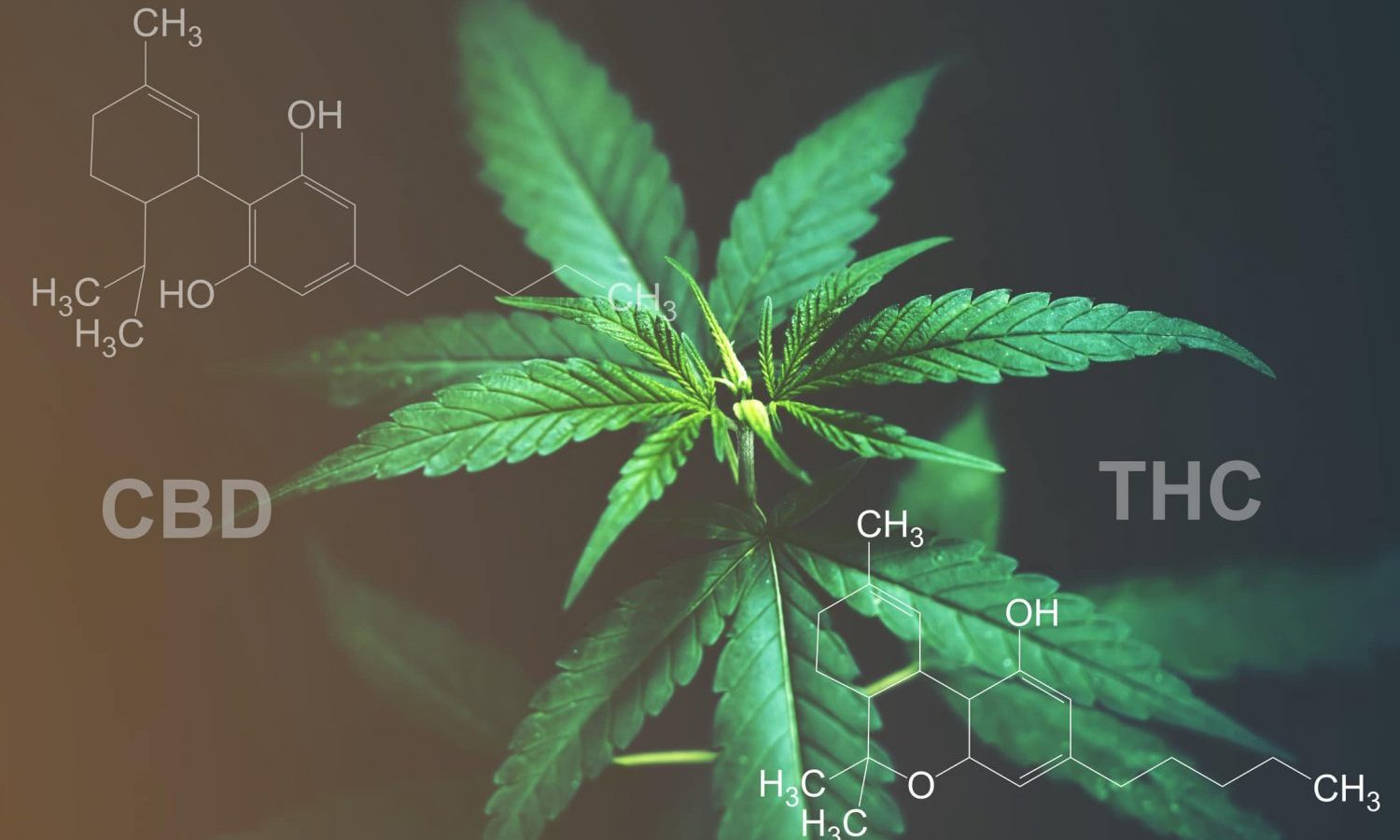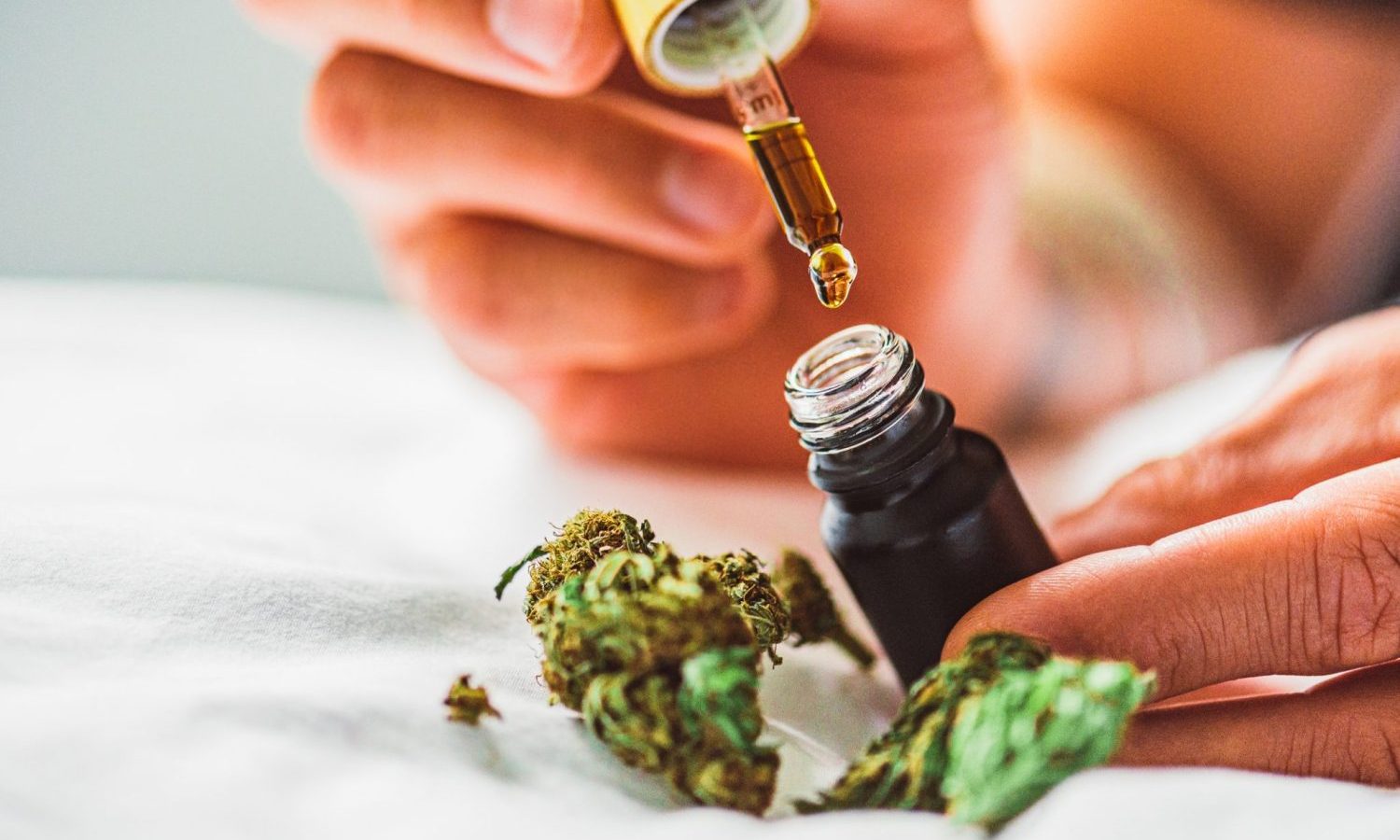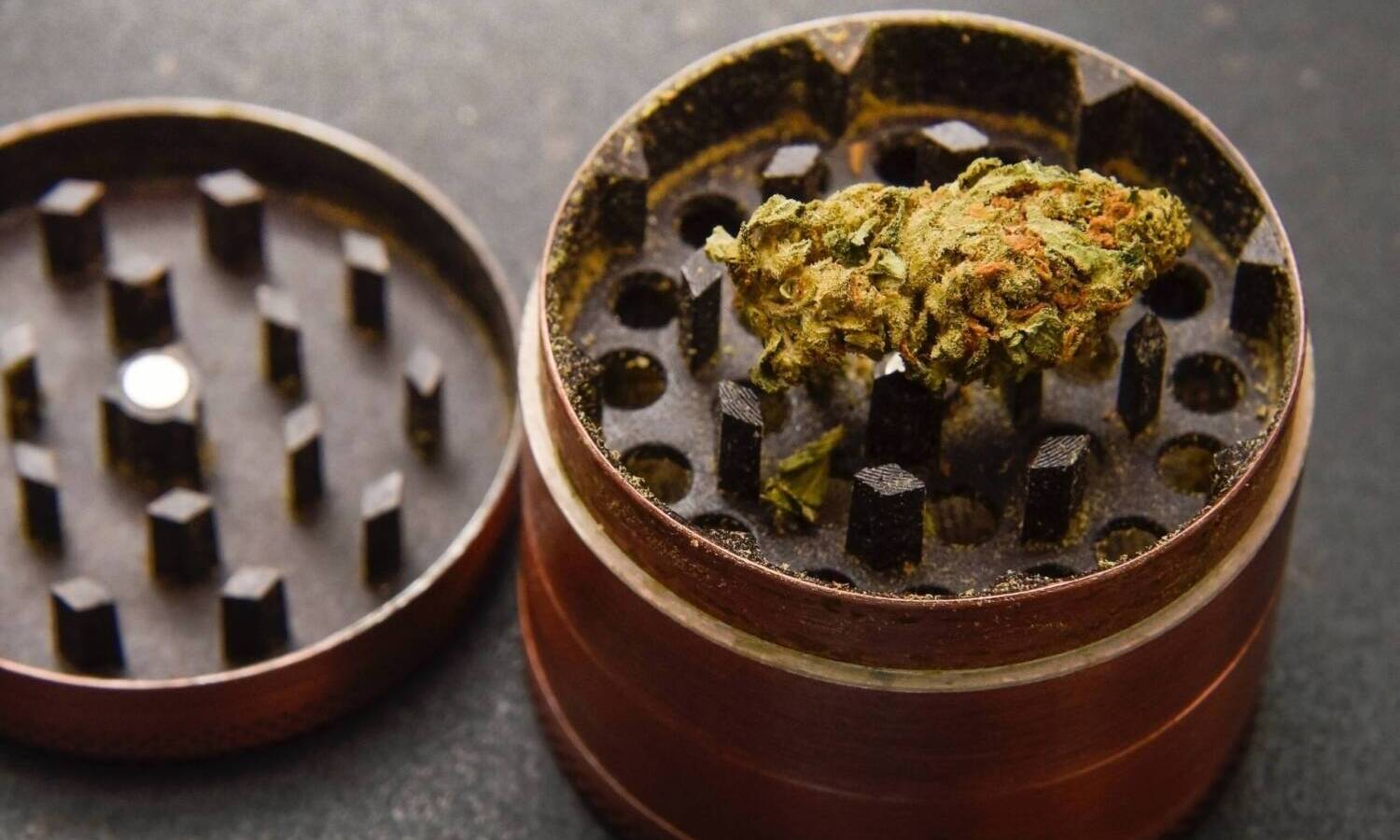Cannabis product manufacturers have been zoning in on these cannabinoids and terpenes offering subtle, yet powerful healing properties you may be interested in exploring.
Cannabidiol (CBD) and tetrahydrocannabinol (THC) are the most widely researched compounds in the cannabis plant, and for good reason. CBD is renowned for its anxiolytic, anti-inflammatory, and analgesic, and anti-epileptic properties while THC gives users the high we all so love, but also has powerful therapeutic benefits.
Both compounds have shown tremendous success through both anecdotal evidence as well as clinical research when it comes to dozens of ailments: from cancer to Parkinson’s disease, everyday stress and anxiety, depression, PTSD, nausea, insomnia, and so much more.

However, in recent years, researchers have discovered there are other notable compounds in cannabis which are just as important as CBD and THC. In fact, many are even more significant for some people depending on the their conditions. Because of this, cannabis product manufacturers have been zoning in on cannabinoids and terpenes offering subtle yet powerful healing properties you may be interested in exploring.
Consumers who live in states with legalized medical or recreational marijuana can find an abundance of oils, food products, drinks, and even lotions powered by terpenes or cannabinoids. These are alongside CBD and/or THC, are on the rise. Most consumers seek out products specifically for the CBD and THC.
Terpenes
Terpenes are compounds in plants responsible for its aroma and flavor profile. These occur naturally in plants, and they served an evolutionary purpose: to ward off predators or attract pollinators.
Each strain or phenotype of cannabis has its own unique ratio of terpenes as well as cannabinoids. There are some 50,000 known terpenes today, but the cannabis plant has around 250, though scientists may soon discover more. Terpenes may be derived from the plant in essential oil form, though they can also be derived from other plants contain the same terpenes such as lavender or pine. Where the terpene comes from will impact its consistency and purity.
RELATED: Don’t Shop By THC Levels: Here Are The Top 3 Cannabis Strains Based On Terpenes
The best way to consume terpenes are through inhalation, edibles or drinks, and topicals. They are naturally volatile and potent, so one doesn’t need much in order to feel its effects.
Here’s a rundown of some of the most popular terpenes and their health benefits:
- Terpinolene is not common nor is it abundant in cannabis, but you only need a small amount to experience its benefits. It has an herbaceous and floral aroma, and it is known for relaxing and sedating effects.
- β-Caryophyllene is an anti-inflammatory terpene with antibacterial, antioxidant, and antimicrobial properties. Research has uncovered its potential abilities to fight against neurodegenerative diseases because it protects the brain from inflammation as well. Other studies show it can help treat the symptoms of multiple sclerosis and Alzheimer’s disease.
- Myrcene is one of the most abundant terpenes in marijuana plants. It has an earthy and musky aroma but cannabis consumers appreciate its sedative effects. Myrcene is one of the compounds responsible for the couch-lock users experience with some cannabis strains.
- Humulene is common in cannabis as well as hops. It has a mildly spicy, musky, and earthy scent. When it comes to its medicinal benefits, humulene is renowned for its antibacterial properties and inflammation-fighting characteristics though some studies show promise in its ability for shrinking tumors.
- Limonene is easily recognizable because of its sweet, fresh, and citrusy scent. You can detect limonene in lemony strains of cannabis which are associated with its mood-uplifting properties and mood enhancement, as well as its ability to relieve stress. It also has powerful anti-depressant properties ideal for anyone struggling with emotional distress; limonene is also gastroprotective and anti-fungal benefits.
- Linalool has a woody, spicy, and floral scent. It is one of the oldest-known natural sedatives. It also has other important properties: linalool is an anti-convulsant, anti-anxiety, anti-depressant, and a muscle relaxant.

Cannabinoids
Cannabinoids are unique, naturally-occurring compounds in the cannabis plant. While scientists currently know of almost 500 different cannabinoids, we have only identified around 70 of them.
The most famous of these is of course, THC, which is the compound responsible for the psychoactive effects of the plant. CBD is the second most famous, which we mentioned earlier. All cannabinoids work by interacting with the cannabinoid receptors found outside of cells in the human body, most of which are concentrated in the central nervous system. The cannabinoid receptors are known as CB1 and CB2.
Just like terpenes, there are specific cannabinoid products now available on the market. Each of them have their own cannabinoid profile which has various benefits for the human mind and body.
Here are some popular cannabinoids to check out:
CBG: Cannabigerol (CBG) is the grandfather of THC and CBD, because chemically speaking, it serves as the foundation and building block which the cannabis plant uses to produce these other compounds. However, on its own, research shows it may have numerous benefits especially for anxiety, treating IBS, tumors, and bacterial conditions.
THCV: Tetrahydrocannabivarin (THCV) possesses a similar molecular makeup with THC, though it has less carbon atoms. It can potentially be intoxicating though since it’s so little, it’s nearly impossible to feel anything. It’s widely used as an appetite suppressant, so if you are trying to lose a little weight, it would be beneficial to look for products with THCV. Research has shown it can also be beneficial for diabetics in managing blood glucose.
RELATED: CBD, CBDa & CBGa: What’s The Difference?
CBN: Cannabinol (CBN) is a cannabinoid created when THC has degraded because it was exposed to light, or when your cannabis has aged. However, if you ingest old cannabis, the CBN content is mildly sedating which can come in handy for people struggling with insomnia. Some researchers believe a small amount of CBN is adequate for relaxing the body compared to a 10mg pill of Valium.
CBC: Cannabichromene (CBC) is the second most abundant cannabinoid in most cannabis strains, after THC and CBD. It was discovered in the 1960’s, and while there is still more research needed for this cannabinoid, scientists do know it enhances the benefits of other cannabinoids especially CBG, CBN, THC, and CBD through the entourage effect. It’s also interesting to note research says CBC is 10 times more powerful than CBD when it comes to treating stress and anxiety.


